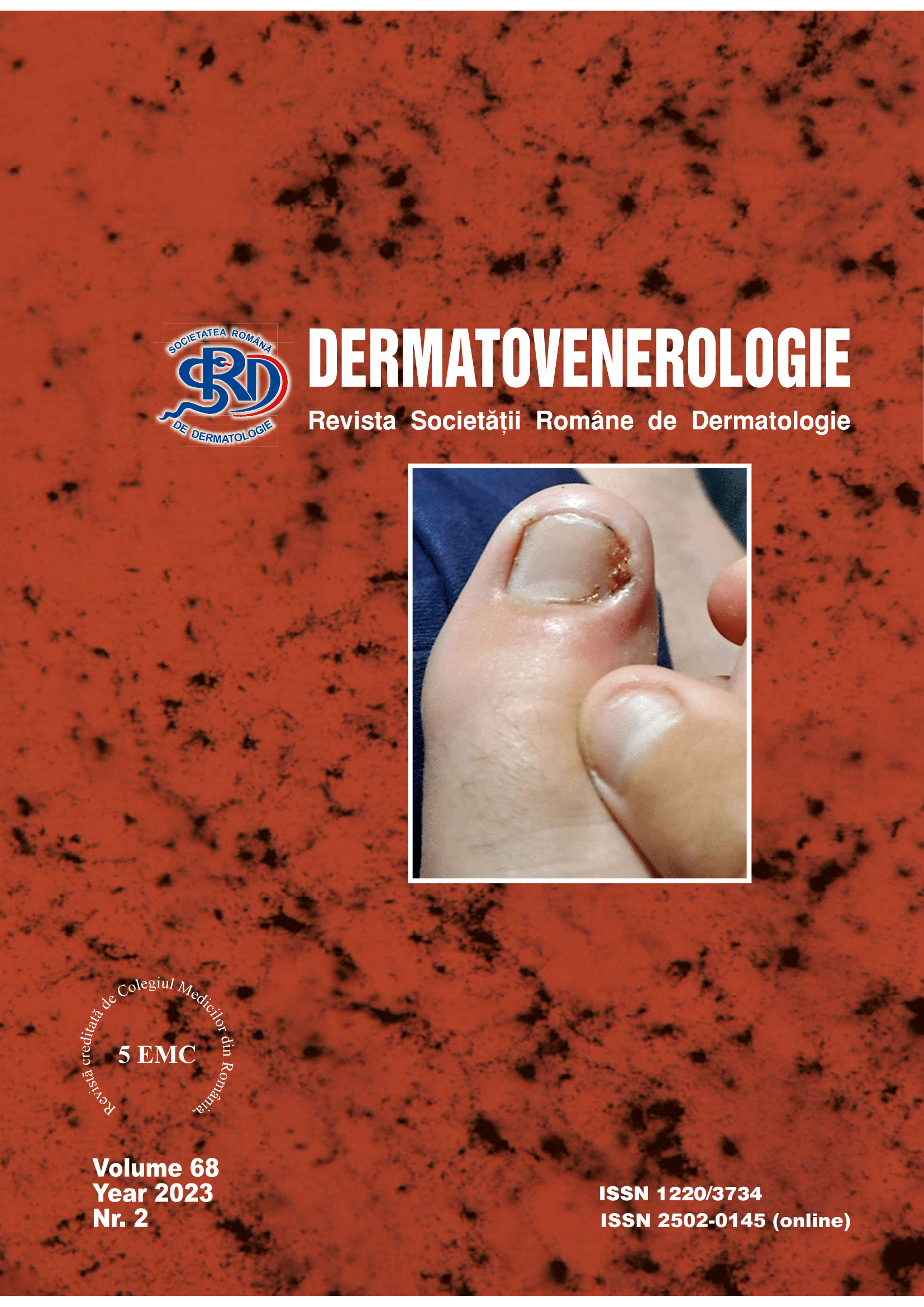Rezumat
Sindromul Peutz-Jeghers, descris pentru prima dată în anul 1921 de către Peutz şi ulterior în anul 1949 de către Jeghers, reprezintă o afecţiune relativ rară caracterizată prin asocierea dintre tulburări pigmentare cutaneomucoase cu distribuţie specifică şi multipli polipi colonici hamartomatoşi cu debut încă din primii 10 ani de viaţă şi cu risc de degenerare malignă de 10-18 ori mai mare decât în rândul populaţiei generale [1,2,3,4,5,6,7].
Pe plan clinic, sindromul Peutz-Jeghers este caracterizat prin leziuni cutanate constituite din macule pigmentare maronii-negricioase sau albăstrui similare efelidelor distribuite predominant la nivelul extremităţii cefalice, precum şi palmo-plantar şi perianal, asociate cu afecţiuni gastrointestinale (polipi hamartomatoşi gastrointestinali, ocluzii şi invaginaţii intestinale) şi variate neoplazii (digestive, tiroidiene, mamare, genitale şi pulmonare) [7]. Ținând cont de afectare pluriorganică şi riscul crescut de complicaţii severe, abordarea multidisciplinară a acestor pacienţi este esenţială pentru succesul terapeutic.
În cadrul lucrării de faţă prezentăm cazul unui pacient în vârstă de 53 de ani care a solicitat consult dermatologic pentru multiple macule pigmentare labiale de culoare maroniu-negricioasă, afirmativ în evoluţie din copilărie. Anamnestic, pacientul a afirmat tullburări de tranzit intestinal de tip alternanţă diaree-constipaţie, astfel încât pacientul a fost îndreptat către serviciul de chirurgie generală, unde s-a practicat sigmoidectomie laparoscopică pentru multipli polipi cu aspect suspect descoperiţi colonoscopic. Examenul histopatologic al materialului bioptic a stabilit diagnosticul de sindrom Peutz-Jeghers.


